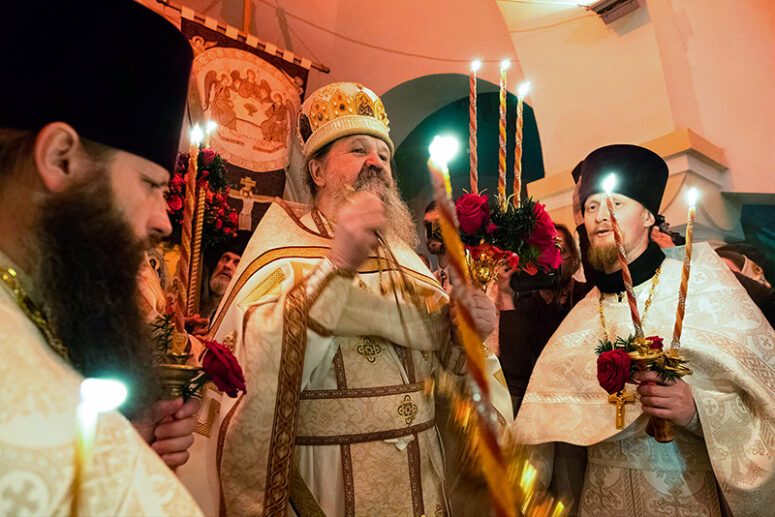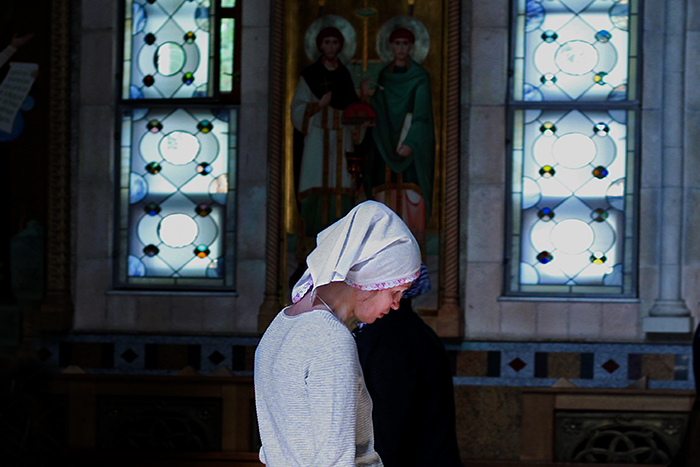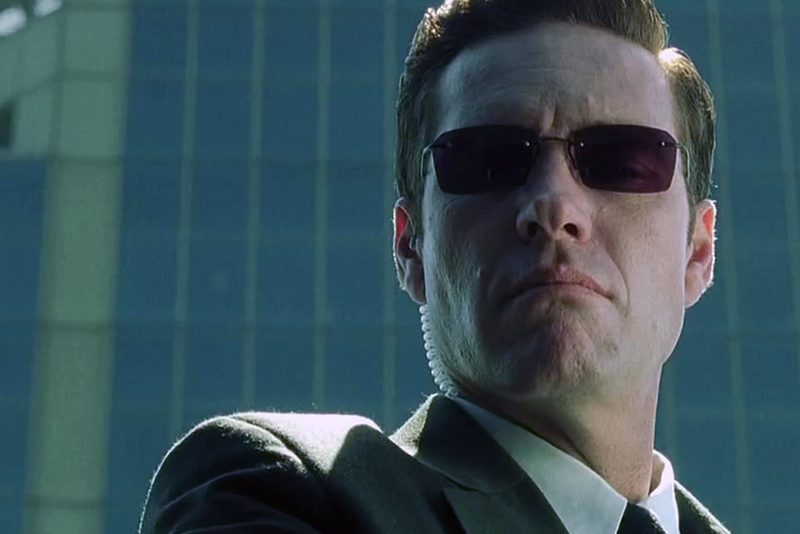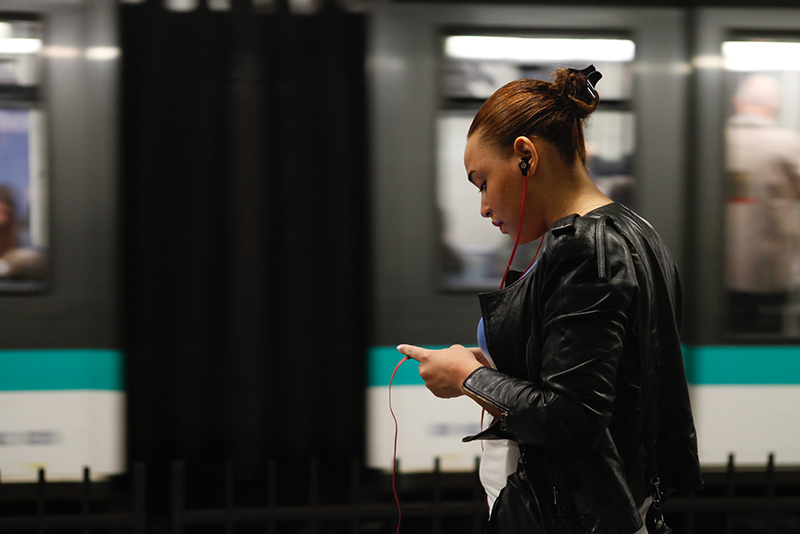
The question refers mainly to the Archbishop’s service. Among the objects used by the celebrant bishop during the service are candlesticks of a particular form with woven designs. The candlestick holding two candles is the Dikirion, and three candles the Trikirion. Again, we see a reference here to the sign of the cross. Two fingers held together represent Jesus’ two natures, divine and human. In them, the expiatory sacrifice of Christ is revealed. God became incarnate to deify the human being. God descended from heaven on earth to raise the human being to heaven. In the divine-human nature of Christ, God adopts each human being in their potential. The prayer “Lord Our Father” conveys this message well.
Correspondingly, three folded fingers in the sign of the cross represent the Holy Trinity, the Father, Son and the Holy Spirit. Therefore, the sign of the cross is a visual representation of the Creed. While the Dikirion symbolises the two natures of God, the Trikirion represents the Holy Trinity. The light from these candles is like the light of God that He sheds on us and the world, giving life and overcoming darkness. In the liturgical sense, the archbishop of an episcopate is a representation of Christ. The archbishop, the clergy and believers of the whole episcopate together make up the body of the Church. There can be no Church without a bishop. It starts with the bishop. Liturgically, the fullness of God’s grace lies in the bishop. The symbol of this unending grace shed upon the people is the blessing of the people at church by the bishop with a Dikirion and Dikirion. It is as if the blessing comes from the Lord himself.
A priest also has the blessing of the Lord, but not in its full form. He obtains the blessing in the sacrament of ordination performed by the bishop, who delegates him the authority to perform the sacraments of baptism and confession and celebrate liturgy. While the archbishop in an episcopate represents Christ, the clergy are his apostles.
The bishop has no authority to celebrate liturgy with a Dikirion or Dikirion. These are the exclusive attributes of an archbishop’s worship service. However, only once in a year, on the Bright Sunday, and throughout the Bright Week – the extended Pascha – the priest is accorded this authority. He follows the regular order through almost the entire Paschal Matins and uses the cross and the Dikirion in the beginning and at the end of the liturgy. For his convenience, the cross is affixed to the Trikirion in front of the three candles. This arrangement makes it possible for him to burn incense.
The symbolic meaning of the Trikirion with the cross is similar to that of the Dikirion and Trisagion combined with the sign of the cross. The Cross is a symbol of Christ’s sacrifice and His atonement of our sins. The Trikerion with burning candles represents the divine light of the Holy Trinity that enlightens the world and gives it life and salvation.
Why does the archpriest have the authority to use the Trikirion in paschal worship? The answer is obvious: because of the greatness of the Pascha, the Feast of Feast, the Celebration of Celebrations. The Holy Resurrection of Christ is the outpouring of His grace onto the world.
In his 2021 Paschal message, His Holiness Onuphrius, Metropolitan of Kiev and all Ukraine quotes from a work of Saint Gregory the Theologian about the significance of the resurrection of Christ: “This feast is so much greater than all the other human and worldly celebrations, and even the feasts of Christ and feasts celebrated in His name as the sun exceeds in brightness all the stars combined.”
Interestingly, many (but not all) Trikerions use candles of green, red and golden colour. To a great extent, they resemble the colours of the garments worn by the angels in Andrey Rublev’s icon “Holy Trinity”. Green is the colour of life and of the Holy Spirit that gives life to the world. Red is the colour of Christ’s sacrifice Who shed his blood for the redemption of our sins. It represents His martyrdom. Golden is the colour of God, the glow of His greatness.
To summarise, Pascha is the fulness of God’s love for the fallen man and His fatherly grace. Our life in God and with Him is our resurrection in eternity that once it begins, will never end. So let us turn towards His light, let us enter this eternal Pascha and live in it. Christ is in our midst. He has been, and will always be!
Translated by The Catalogue of Good Deeds
Source: https://pravlife.org/ru/content/pochemu-v-pashalnom-bogosluzhenii-svyashchennik-ispolzuet-trisvechnik




